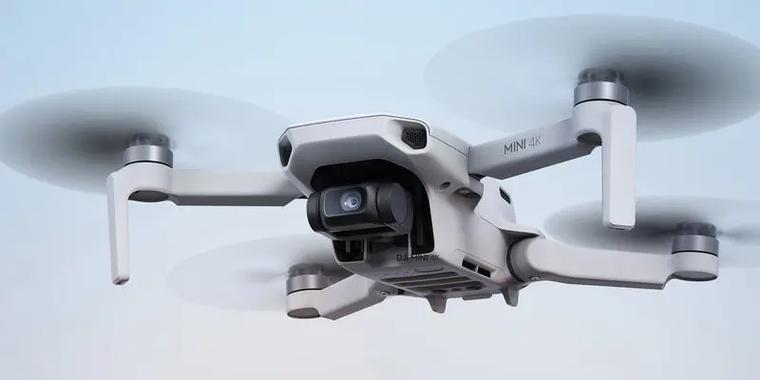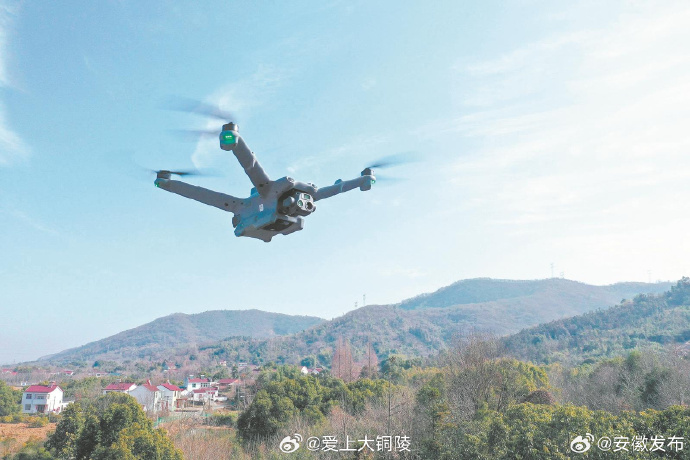Revolutionizing Agriculture Through the Use of Drones
Agricultural drones have significantly transformed modern farming practices by providing innovative solutions that optimize productivity and efficiency. These agricultural drones offer various benefits, including precision farming, crop monitoring, and soil analysis. With the advent of drone technology, farmers can now gather real-time data that was previously inaccessible, enabling them to make informed decisions and maximize yields.
Precision agriculture is perhaps the most notable benefit of agricultural drones. Equipped with advanced sensors and cameras, these drones enable farmers to monitor crop conditions accurately. They can detect issues such as nutrient deficiencies, pest infestations, and water stress long before they become critical problems. This early detection allows for timely interventions, reducing loss and enhancing the quality of produce.
Drones in agriculture also contribute significantly to soil and field analysis. By capturing detailed aerial images, farmers can assess the soil’s health and identify variations in soil properties, such as moisture content and nutrient levels. This data facilitates strategic planning concerning sowing, irrigation, and fertilization techniques, ensuring that resources are utilized efficiently.
Furthermore, agricultural drones are instrumental in crop spraying operations. Traditionally, crop spraying involves manual labor and heavy machinery, both of which can be costly and time-consuming. Drones, however, can deliver pesticides and fertilizers precisely where needed, minimizing waste and exposure to chemicals. This targeted approach not only saves time and resources but also promotes environmentally friendly farming practices.
The Evolution of Drone Technology in Agriculture
The integration of drone technology into agriculture has been accelerated by advancements in UAV (unmanned aerial vehicle) capabilities. Modern drones are equipped with GPS, AI, and machine learning algorithms, enhancing their ability to navigate fields autonomously and collect data seamlessly. Moreover, the affordability and accessibility of drones have improved, making them a viable option for small and large-scale farmers alike.
FAQs on Agricultural Drones
What are the primary uses of agricultural drones?
Agricultural drones are primarily used for precision farming, crop monitoring, field mapping, soil analysis, and targeted pesticide and fertilizer application.
How do drones benefit farmers?
Drones offer farmers detailed insights into crop health and soil conditions, allowing for targeted interventions and efficient resource management, ultimately enhancing crop yields and reducing costs.
Are agricultural drones expensive?
The cost of agricultural drones varies depending on their features and capabilities. While high-end models can be expensive, there are affordable options suitable for smaller operations.
In conclusion, the utilization of agricultural drones is a rapidly evolving trend that holds immense potential to revolutionize farming practices around the globe. By harnessing the power of drones, farmers can achieve greater productivity, efficiency, and sustainability in their operations.
is a rapidly evolving trend that holds immense potential to revolutionize farming practices around the globe. By harnessing the power of drones, farmers can achieve greater productivity, efficiency, and sustainability in their operations.